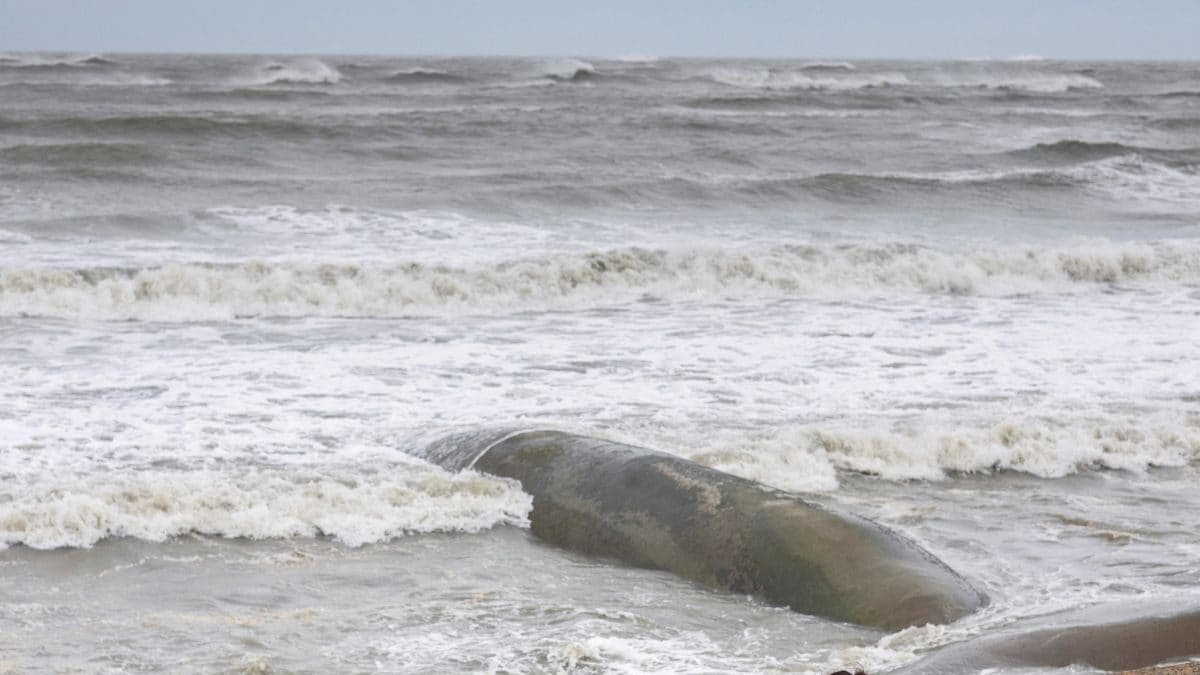Cyclone Mocha Death Toll Reaches 145 in Myanmar
The death toll from Cyclone Mocha has reached 145 in Myanmar, its junta said Friday, with most of the dead from the persecuted Rohingya minority.
Mocha brought lashing rain and winds of 195 kilometres per hour (120 miles per hour) to Myanmar and neighbouring Bangladesh on Sunday, collapsing buildings and turning streets into rivers.
The storm churned up villages, uprooted trees and knocked out communications across much of Myanmar’s Rakhine state.
The region is home to hundreds of thousands of Rohingya refugees who live in displacement camps following decades of ethnic conflict.
“Altogether 145 local people were killed during the cyclone,” a statement from Myanmar’s junta authorities said.
The number included four soldiers, 24 locals and 117 “Bengalis”, it added, using a pejorative term for the Rohingya.
Widely viewed as interlopers from Bangladesh, Rohingya are denied citizenship and access to health care in Myanmar, and require permission to travel outside of their townships.
A Rohingya village leader previously told AFP that more than 100 people were missing from his village alone following the storm.
Another leader based near the Rakhine state capital of Sittwe told AFP that at least 105 Rohingya had died around the city, with counting still ongoing.
Flights resumed
Media reports that 400 Rohingya had died were “not true”, the junta’s statement said, adding that action would be taken against the outlets that published the figure.
The junta has arrested scores of journalists and closed outlets deemed critical of its rule since the military staged a coup that ousted an elected government more than two years ago.
Junta-backed media reported Friday that naval ships and the air force had brought in thousands of bags of rice, while thousands of electricians, firefighters and rescue workers had been deployed across Rakhine.
Normal flight service had resumed at Sittwe airport on Thursday, according to newspaper the Global New Light of Myanmar.
Some international aid groups, including the United Nations World Food Programme, were working on the ground in Sittwe this week, AFP correspondents said.
A junta spokesman did not respond to questions on whether UN agencies would be granted access to displacement camps outside Sittwe that house Rohingya.
“Offers from the international community for providing aid have been accepted,” state media said Tuesday.
“But relief and rehabilitation tasks must be done through existing united strength,” said the Global New Light of Myanmar.
A military crackdown in Myanmar in 2017 sent hundreds of thousands of Rohingya fleeing into neighbouring Bangladesh, with harrowing stories emerging of murder, rape and arson.
Junta chief Min Aung Hlaing — who was head of the army during the crackdown — has dismissed the term Rohingya as “imaginary”.
In neighbouring Bangladesh, officials told AFP that no one had died in the cyclone, which passed close to sprawling refugee camps that now house almost one million Rohingya.
Cyclones — the equivalent of hurricanes in the North Atlantic or typhoons in the Northwest Pacific — are a regular and deadly menace on the coast of the northern Indian Ocean where tens of millions of people live.
Cyclone Nargis devastated Myanmar’s Irrawaddy Delta in 2008, killing at least 138,000 people.
A previous junta regime faced international criticism for its response to that disaster. It was accused of blocking emergency aid and initially refusing to grant access to humanitarian workers and supplies.
(This story has not been edited by News18 staff and is published from a syndicated news agency feed – AFP)
For all the latest world News Click Here

